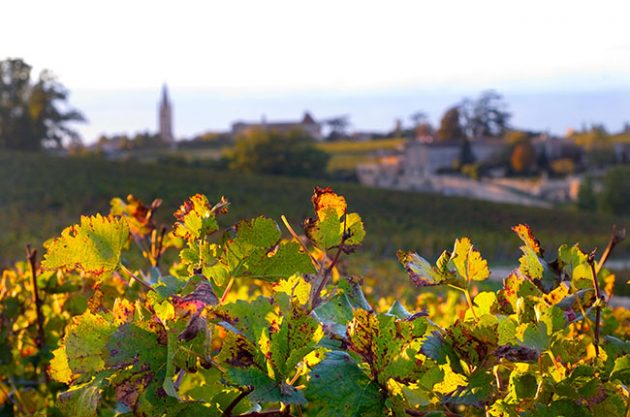
Alcohol in Bordeaux wine: Global warming is no excuse
It’s up to Bordeaux winemakers to curb alcohol in their wines and global warming should not be an excuse for allowing levels to rise too high, argues John Salvi MW, drawing on the historical perspective of alcohol in Bordeaux wine.
Château Mouton Rothschild 1948 only had 10.5° alcohol (the absolute legal minimum); whilst in recent years the Pavillon Blanc of Château Margaux and Château La Mission Haut Brion have both topped 15° on occasions – an increase of over 40%.
Bordeaux is ideal at around 12.5° because it is not a wine for power; it is a wine for elegance, delicacy and finesse and high alcohol levels tend to blunt the perceptions of these characteristics.
Why have levels increased so much? It would be easy to blame global warming, but this can only be held responsible for a small part of the increase. We [the critics and producers] are responsible for most of it.
Until the beginning of the wine boom, viticulture in Bordeaux was stagnant and even the great châteaux were hardly profitable.

Wine auctions helped to bring more money to Bordeaux in the 1960s. Credit: Ian Shaw / Alamy Stock Photo.
The boom really started when Christie’s restarted its wine auctions in 1966. Prices increased and with profit came money for research.
Firstly, and vitally, came virus free plants. These had more vigour and therefore produced more sugar. Then came research into soil composition and matching plants to the ideal soil, which also increased vigour in the vine. Next came better pruning, training and canopy management to get the optimum yield for each variety. More sugar again.
Irrigation would also help, but is forbidden in Bordeaux. Then research into yeasts for purer strains with more strength and ability to produce more alcohol. In recent years growers have concentrated on polyphenols – mainly tannins.
The rapid increase was also encouraged in the 1980s, when powerful wine critics and wine magazines started heaping praise on powerful 14°, 15° and even 16° wines.
In the past, growers picked early to avoid rot in the humid climate of Bordeaux and so the tannins were often unripe, but of course alcohol levels were lower and acidities were higher.
Today the public are perceived as wanting riper, fruitier, less tannic wine and so waiting for ripe tannins predominates and the grapes continue to amass sugar – often too much! Riper grapes mean softer tannins, lower acidities, but more alcohol.

The amount of residual sugar in wine is a hot topic covered by Decanter magazine’s September 2017 issue. Credit: Mike Prior / Decanter.
While the natural sugar content in the grape was seen as too low the answer was chaptalisation – the addition of sugar to the fermenting must. Legally a wine could have its alcohol content increased by a maximum of 2°.
Chaptalisation has been entirely unnecessary now for about 10 years. What we are now looking at are ways of reducing alcohol rather than increasing it.
There are many way, but most of them are not qualitative. The easiest, of course, is adding water – forbidden for Appellation wines. Earlier picking of course, but then we have those unripe tannins.
The two most natural ways being researched at present are yeasts that will produce less alcohol (approximately 17 grams of sugar will ferment into 1° of alcohol) and longer cycle rootstocks and later ripening clones, which mean replanting the vineyard.
Global warming simply means higher temperatures and therefore more sugar accumulation. This is a serious contributing factor, but all the others are even more so.
We are responsible and it is we, and not the climate, that must take the necessary steps to keep alcohol in the wine at a level that is commensurate with the elegance and finesse of the great wines of Bordeaux.
John Salvi is veteran journalist and wine expert based in Bordeaux. He became a Master of Wine in 1970.
